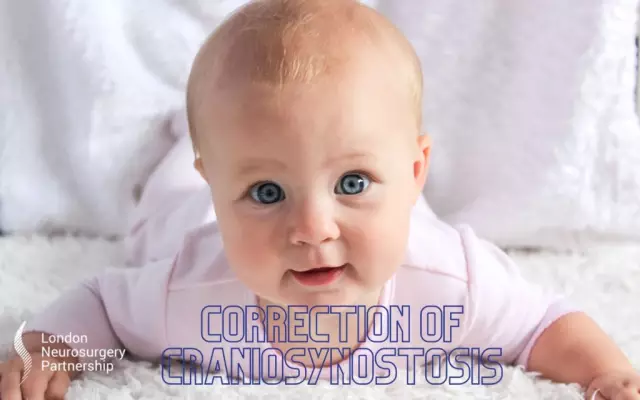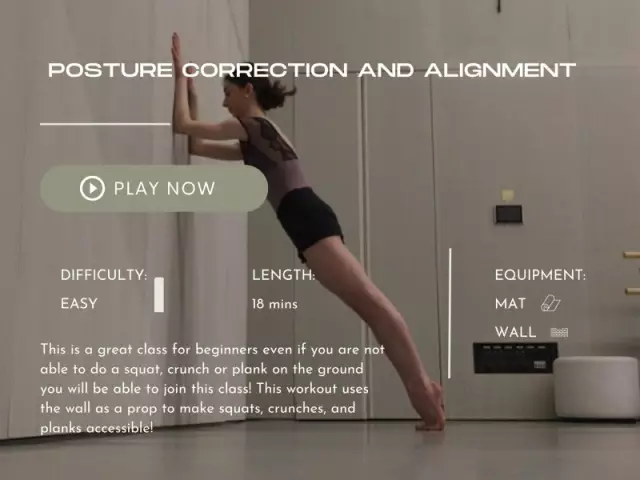- Author Rachel Wainwright [email protected].
- Public 2023-12-15 07:39.
- Last modified 2025-11-02 20:14.
Rhinolalia

Rhinolalia is a violation of articulation due to the improper structure and functioning of the speech apparatus (nasopharynx, nasal cavity, hard and soft palate). Because of this, the vocal stream excessively or, on the contrary, does not resonate enough in the nasal cavity when speaking, and vowels and consonants acquire a nasal sound. Rhinolalia in children is characterized not only by a distorted pronunciation of sounds, but also by delays in the development of the lexical and grammatical side of speech due to secondary violations of writing and phonemic processes.
Diagnosis of rhinolalia consists in consultations of an otorhinolaryngologist, speech therapist and maxillofacial surgeon to establish functional and anatomical defects in articulation, as well as the degree of impairment in oral and written speech.
Correction of rhinolalia can include both speech therapy and psychotherapeutic work, as well as physiotherapy, orthodontic and surgical treatment.
Classification and causes of rhinolalia
Depending on the characteristics of the violation of the interaction of the oropharynx and nasopharynx, a closed or open rhinolalia is distinguished.
For the closed type of the disease, the direction of speech exhalation is characteristic only through the mouth. Due to the reduced physiological nasal resonance, consonant sounds are most distorted: m, m, n, n. During normal articulation, air enters the nasal cavity because the nasopharyngeal seal is open. In the absence of resonance, these sounds are completely oral: m is pronounced as b, n changes to d. The conceptual apparatus of speech suffers greatly because of this. The vowels are also blurry because they lack some tonal characteristics.
In accordance with the reasons for closed rhinolalia, there are 2 forms of it:
- Organic. Caused by anatomical deformities in the nasal cavity. The obstruction is removed surgically, after which the speech defect disappears, and breathing becomes normal;
- Functional. It arises as a result of hyperfunction of the soft palate, which, due to its elevation, directs an air stream through the mouth. This often occurs with neurotic disorders, so a speech therapist and a neurologist are involved in the treatment. After treatment, the habit of mispronouncing sounds sometimes persists.
Open rhinolalia is more common than closed rhinolalia. Air flows simultaneously through the nose and mouth, due to the constantly open communication between the mouth and nasal cavity. The result is nasal resonance, which changes the timbre of all sounds.
This speech disorder can also be organic or functional. In the first case, the causes of rhinolalia are both congenital defects (clefts of the upper lip, soft and hard palate) and acquired as a result of trauma, scarring, paresis, paralysis or tumors. In the second case, functional rhinolalia is caused by hypokinesis or hypofunction of the soft palate, which is expressed in its insufficient rise during phonation. Most often, this rhinolalia occurs in children with low muscle tone, weak nerve impulses, or after frequent diseases of the nasopharynx.
If the factors that cause closed and open rhinolalia are combined, then it is customary to speak of a mixed type of disease. The acoustical and articulatory characteristics of spoken sounds are affected because air leaks through the nose while the nasal resonance decreases.
Rhinolalia correction
Complex rhinolalia correction consists in carrying out the following measures:
- Surgical correction of anatomical defects;
- Orthodontic elimination and prevention of recurrent upper jaw deformities;
- Therapeutic restorative physical education;
- Otorhinolaryngological debridement to prevent hearing impairment;
- Psychotherapeutic assistance.
Rhinolalia in children should be treated as early as possible, and it is best to end therapy before adolescence.
The main directions of early speech therapy assistance:
- Normalization of speech and physiological respiration;
- Restoration of the correct palatopharyngeal closure;
- Formation of correct articulation;
- Correction of sound pronunciation;
- Elimination of the nasal timbre of the voice;
- Strengthening the skills of free speech communication;
- Bringing back the prosodic side of speech;
- Development of sound analysis and phonemic perception;
- Prevention of dysgraphia and dyslexia;
- Control over the general development of speech.
In correctional work, the sequence and systematicity of training must be observed, and the proposed material must be visual and accessible. The speech therapist must constantly monitor the direction of the air stream, the position of the tongue and facial muscles.

The effectiveness of rhinolalia treatment depends on a number of external and internal factors:
- The severity of articulation defects;
- Concomitant disorders and diseases;
- The timing of the start of treatment;
- Time and quality of operations performed;
- The age of the patient;
- The degree of its compensatory capabilities;
- Hearing conditions;
- Personality traits;
- States of intelligence;
- Influences of the speech environment.
After rhinolalia correction, the result is assessed by the degree of speech normalization and the absence of nasalization.
When preparing children suffering from rhinolalia for general education school, it is necessary to provide each child with an individual approach and take into account not only the characteristics of the disease, but also the microsocial environment.
The correct distribution of the therapeutic and educational load is necessary so that the child can complete all the tasks before him without overwork. Under the influence of surgical interventions, children, as a rule, are weakened somatically, their performance, activity and endurance are reduced. Therefore, the treatment of rhinolalia must be clearly organized. Its productivity directly depends on the joint work of doctors, teachers and other specialists.
YouTube video related to the article:
The information is generalized and provided for informational purposes only. At the first sign of illness, see your doctor. Self-medication is hazardous to health!






